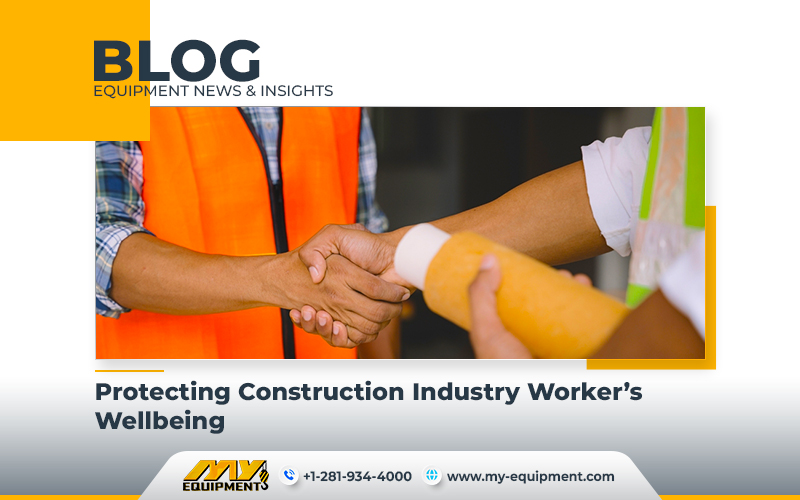Construction and extraction industries have made some progress against all odds in reducing workplace mortality and fatality rates. But still, challenges persist, with specific safety concerns and the influx of inexperienced workers due to increased infrastructure investments. Thankfully, technology and training programs are also great at helping companies in improving employee safety and reducing risks. While physical safety is very important, the industry is also addressing mental health issues that affect construction workers significantly.
The OSHA Online Training Platform Empowers Workers with Essential Skills
The Occupational Health and Safety Administration (OSHA) has developed an online training platform offering 40 construction safety courses for both employees and contractors. This initiative now enables workers to complete required coursework efficiently and obtain printable certificates upon successful completion. With accessible course materials, learners can progress at their own pace, gaining expertise in a wide range of subjects, including hazardous materials, electrical safety, confined space entry, and more. The OSHA-authorized certificates are what let construction workers access job sites and ensure compliance with insurance and legal requirements.
OSHA 10 and 30 Hour Training Programs Helps in Building Safety Competence
OSHA provides 10 and 30 hour training programs for construction industry personnel. The 10 hour construction industry outreach training program is intended for raising general safety awareness and the ability to identify and mitigate risks on construction sites for entry-level workers. In addition to basic safety instruction, employees must receive job specific training addressing specific hazards on their job sites. OSHA mandates OSHA 10 training before engaging in construction work, with periodic retakes every three to five years.
Supervisors and managers, on the other hand, should undergo the 30 hour course, which covers more task specific safety awareness themes and emphasizes their overall safety responsibilities. These courses equip safety directors, foremen, managers, field supervisors, and crew leaders with the knowledge needed to comply with workplace safety standards. It is not just the people operating used construction equipment that need training, but the project managers and shift supervisors are also supposed to be properly educated.
Focusing on Mental Health Provides a New Dimension of Construction Safety
Recognizing the importance of mental health, construction management professor Hongtao Dang is developing a training curriculum that will help to improve psychological safety and mental wellbeing in the construction sector. Data from construction firms is used to design training courses that address mental health concerns experienced by construction workers.
Men in the construction industry face a suicide risk approximately four times higher than the national average. This can be attributed to factors such as stress, spending prolonged periods of time away from home, accidents, and seasonal labor uncertainty. Plus, substance misuse also affects a significant number of construction workers. To address this, construction businesses need to discuss and normalize conversations about mental health and wellbeing.


 1400 Broadfield Blvd, Houston, TX 77084,
USA.
1400 Broadfield Blvd, Houston, TX 77084,
USA.